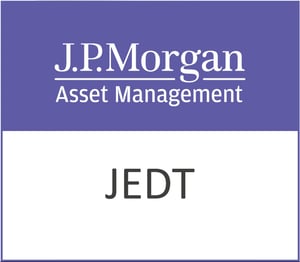Intel Corporation (NASDAQ: INTC), a stalwart in the semiconductor industry, is currently navigating through a complex transitional period. With a market capitalization of $82.55 billion, Intel’s position as a leading technology innovator is undisputed, yet recent financial metrics suggest a challenging landscape ahead for the Santa Clara-based company.
**Current Valuation and Price Movements**
As of the latest trading session, Intel’s stock is priced at $18.93, experiencing a slight dip of 0.02%. The stock has been on a downward trend, with a 52-week range between $18.13 and $35.11. This significant drop in stock price brings Intel below its 50-day and 200-day moving averages, set at $22.28 and $22.93, respectively. The Relative Strength Index (RSI) stands at a notably low 20.00, indicating that the stock is currently in oversold territory. This could present a buying opportunity for those investors looking at technical indicators.
**Financial Health and Performance Metrics**
Intel’s financial health portrays a company under pressure. The firm’s revenue has contracted by 7.40%, and it currently reports an earnings per share (EPS) of -4.38. The return on equity (ROE) is a concerning -17.89%, reflecting challenges in generating profits from shareholders’ equity. Additionally, Intel’s free cash flow is deeply negative at approximately -$13.2 billion, a metric that underscores the financial strain of its current operations.
The absence of a trailing P/E ratio, along with a forward P/E of 16.92, suggests that while the market anticipates improved earnings in the future, current profitability is a concern. The lack of other valuation metrics such as PEG ratio and price-to-book further complicates a comprehensive analysis of the company’s valuation.
**Dividend and Payout Concerns**
Despite these challenges, Intel continues to offer a dividend yield of 2.24%. However, the payout ratio is an alarming 208.33%, indicating that the company is paying more in dividends than it earns, potentially unsustainable in the long run if profitability does not improve.
**Analyst Ratings and Future Prospects**
Analysts remain cautious about Intel’s immediate prospects, with only two buy ratings against 39 hold and three sell ratings. The average target price is set at $22.44, suggesting an 18.55% upside from current levels, which might attract value-oriented investors. The target price range between $17.70 and $31.00 indicates a broad spectrum of expectations, reflecting uncertainty in Intel’s ability to navigate current challenges.
**Strategic Outlook**
Intel’s broad product portfolio, which includes CPUs, GPUs, FPGAs, and AI-driven solutions, positions it well for long-term growth in an increasingly digital world. The company is investing heavily in areas like self-driving solutions and intelligent edge platforms, which are pivotal for future technology trends. However, the transition from traditional revenue streams to these new growth areas requires time and significant investment, as reflected in the current financial metrics.
**Conclusion**
For investors, Intel represents a complex opportunity. The potential for an 18.55% upside is compelling, especially given the company’s historical significance and strategic initiatives in emerging technologies. Yet, the financial data suggests a need for caution due to current operational and profitability challenges. As always, prospective investors should weigh these factors carefully, considering both the risks and potential rewards of investing in Intel at this juncture.






































